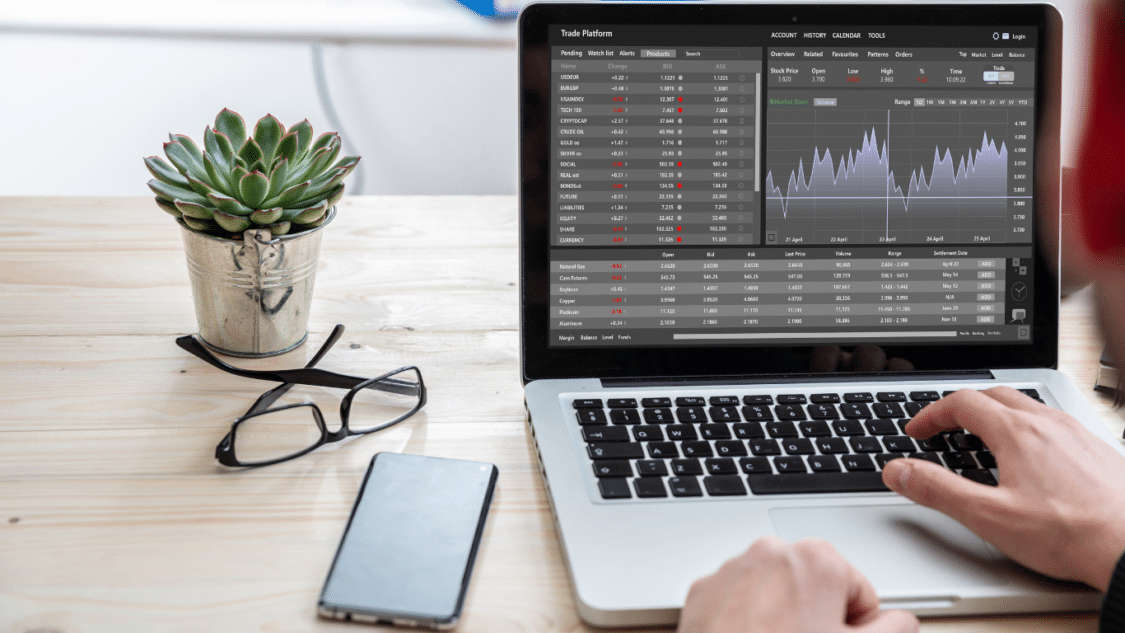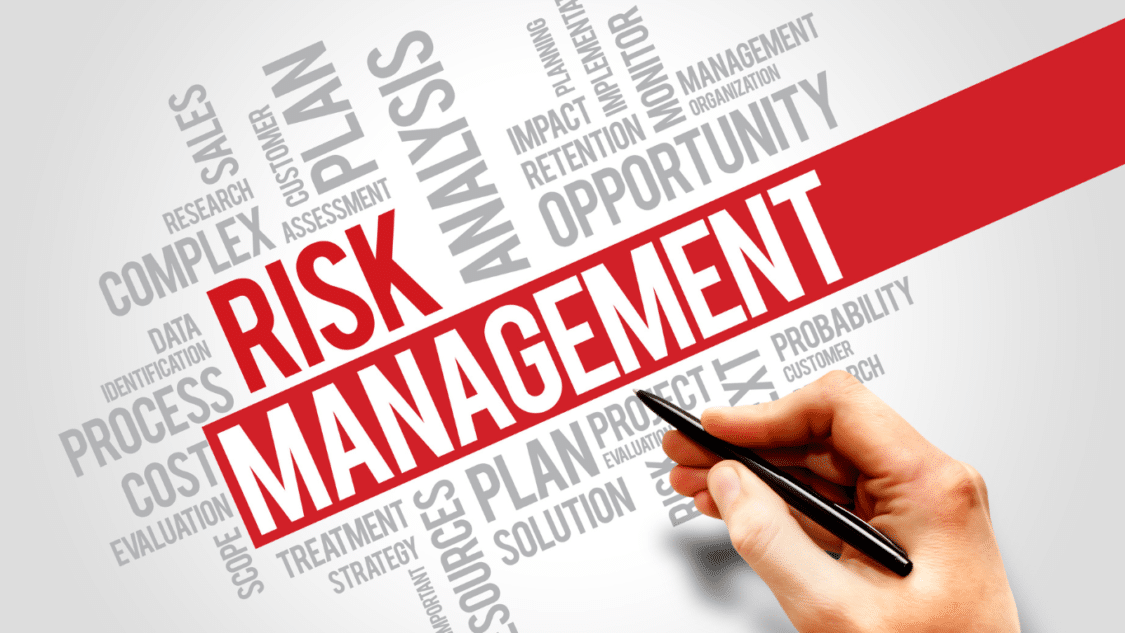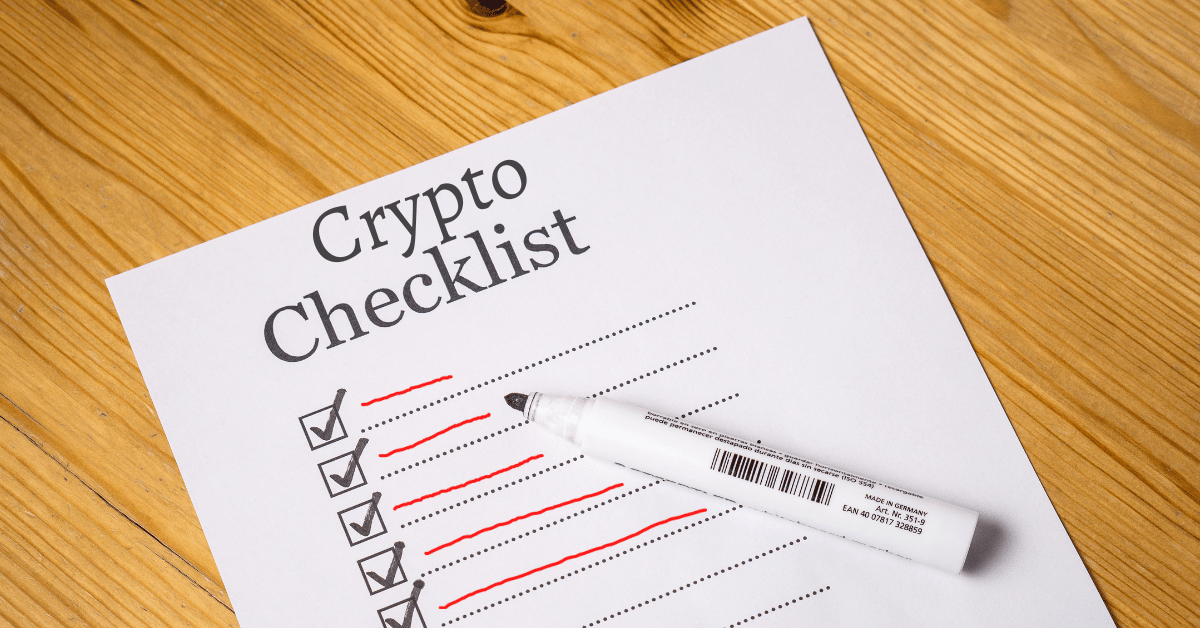The 2023 crypto checklist of your dreams is here. This checklist will give you a new way to view the crypto world and give you a broad range of information that any trader can learn from.
How does a crypto exchange affect your success in trading?

The most important point in a successful trading journey is choosing an exchange you trust. They act as the gate to your success. Without an exchange or a good exchange, it’s hard to get that far.
Many factors differentiate between a helpful exchange and a useless exchange. A few elements are security, transaction fees, and liquidity. Let’s go into the details of these factors to understand their importance in an exchange.
Liquidity – The ease at which an investor can buy or sell assets. If liquidity is present, there will always be a buyer or seller ready to accept your order request.
Security – Security is an essential factor in these exchanges as well. Your hard-earned money is sitting in that exchange. Therefore, their security needs to be up to par. There have been attacks in various exchanges, and investors have experienced many losses. When looking for a good exchange, take a good look at the security of the exchange and make sure you can trust them with the money you earn.
Fees – The fees on exchanges can vary from affordable to not so much. Top traders in the trading industry will consider exchange fees an important aspect to look into it as part of their crypto checklist. Liquidity and security are just as crucial as these exchanges’ fees.
Centralized vs. Decentralized Exchange
A centralized crypto exchange is a middleman that stands between buyers and sellers. Most crypto transactions are conducted by means of a centralized exchange. It is a trustworthy option that many traders gravitate towards.
A decentralized exchange stands on the flip side of a centralized exchange. It functions with no middleman or entity in charge of the assets. A decentralized exchange is a revolutionary innovation that will probably become the industry standard in the future, even though a centralized exchange is more user-friendly and secure.
The short-term advantage of a centralized exchange is that it is a safe space for people entering the crypto world. Decentralized exchanges, on the other hand, are a riskier option, but if used correctly, they can provide great rewards.
Decentralized exchanges enable users to hold their assets, offer lower transaction fees, and avoid regulatory requirements. On the other hand, the advantages of centralized exchanges include quick transactions, simplicity, high liquidity, and more.
A Trading Platform – Does it Help?

Trading platforms have become a tool for bringing crypto trading experiences to the next level. Before trading platforms became popular, traders had to open multiple windows to trade across different exchanges. A trading platform is a solution allowing traders to open multiple exchanges from one platform. This enables you to seize opportunities quicker and in a more efficient manner.
A Charting Tool
A charting tool helps visualize various trading indicators and create trend lines representing the market. Your proficiency with technical analysis (TA), which many traders implement to stay ahead of the curve, will ultimately increase when practicing these trading indicators and trend lines.
Network Statistics
Don’t rely on negative bitcoin articles to provide you with updates on the market. If you read that fees are too high or bitcoin transactions are on the downtrend, how would you know its accurate information? Find out this information by yourself and make this a crucial part of your crypto checklist.
A Trading Bot
A trading bot enables you to set boundaries on trades. The bot will make market moves on your behalf based on the parameters you set up. With the various bots, do your research and choose a reliable option. Using the right strategy with a trading bot can earn you profits with minimal effort.
Crypto Tax Tools
Many traders have begun to dread the category of tax season on their crypto checklist. A crypto tax tool makes the tax process easier because it tells you how much you owe for all your trades.
Portfolio Trackers
A portfolio tracker, just like its name sounds, is a crypto tool that keeps track of activity on a trader’s portfolio. A glance into your portfolio tracker can give you the answer to many questions. You can instantly access your portfolio’s 24-hour value change, the total value of your investments, and the performance of each coin your portfolio is made up of.
Portfolio Rebalancing
Portfolio rebalancing is a crypto tool that helps minimize risk and maximize profit. This tool will automatically buy and sell assets based on your portfolio weight. There is no clear set of rules for when to rebalance your portfolio. However, many investors habitually do so every year as part of their quarterly or monthly crypto checklist. Others rebalance when an asset allocation rises above a predetermined level, like 5 percent.
A Reliable Wallet
In the crypto world, a crypto wallet acts as your bank account. The more reliable the wallet, the more protection you are guaranteed. There are many incidents with crypto wallets being hacked and traders losing their money. As part of your personal crypto checklist, do your research on wallets and choose the one with the most positive reviews regarding protection and service.
The Importance of Technical Analysis
Technical analysis is a way of evaluating securities, including cryptocurrencies, by analyzing statistical trends in historical market data such as price and volume. Technical analysis aims to identify patterns that help traders predict price movements and make thoughtful trading decisions.
Technical analysis is an important addition to your crypto checklist. It can give traders a deeper understanding of market dynamics and help them make more informed decisions. By analyzing price charts, technical analysts can identify key levels of support and resistance, trend lines, and other important patterns that can help traders pinpoint entry and exit points for trades.
Another important aspect of technical analysis is the use of technical indicators, which are mathematical calculations based on historical price and volume data. These indicators can give traders valuable insights into market trends and momentum and help them identify potential buy or sell signals.
The most commonly used technical indicators in cryptocurrency trading include moving averages, relative strength index (RSI), and stochastic oscillators. These indicators can provide traders with important information about the strength of a trend, the potential for a reversal, and other key market dynamics.
In summary, technical analysis is a powerful tool for cryptocurrency traders because it allows them to analyze market data systematically and objectively. By identifying key trends and patterns and by using technical indicators to gauge market momentum and strength, traders can make more informed trading decisions and increase their chances of success in this fast-paced and highly volatile market.
The importance of Fundamental Analysis
Fundamental analysis is an important component of a trader’s crypto checklist as it allows for the evaluation of long-term potential of a cryptocurrency. By considering factors such as the underlying technology, market demand, competition, and regulatory environment, traders can gain a deeper understanding of a project and make informed decisions about their investments. Fundamental analysis provides a more complete picture of the market and helps traders identify opportunities for long-term growth while evaluating potential risks associated with a particular investment.
Risk Management

Risk management is a critical aspect of cryptocurrency investing, and a must-have as part of your crypto checklist. This market is known for its high volatility and potential for significant price swings. It is important for investors to have a clear understanding of the risks associated with cryptocurrency investing and to take steps to minimize those risks.
One key tool in risk management is the use of stop-loss orders. These are orders placed with a cryptocurrency exchange or trading platform instructing the platform to sell a particular cryptocurrency if its price falls below a certain level. Stop-loss orders can help limit potential losses by automatically selling a cryptocurrency if it starts to experience a significant price decline.
Another important tool in risk management is position sizing. This involves determining the appropriate size of a trade based on factors such as the investor’s risk tolerance, the potential reward of the trade, and the overall size of their investment portfolio. By carefully selecting the size of each trade, investors can help limit their exposure to potential losses while still maximizing their potential gains.
Closing Thoughts on the 2023 Crypto Checklist
All the tools mentioned in this crypto checklist can help provide a smoother trading experience. Whether it helps minimize your losses on trades or tracks your portfolio activity. Each trader can benefit from a different tool. The 2023 crypto checklist is here to provide you with many options. Now comes your job of choosing from the 2023 crypto checklist which tool can help make your trading experience the best for 2023.
For more news updates, visit our homepage now and see our latest news article. Want to learn more about trading? Visit our education page now and learn for FREE!

